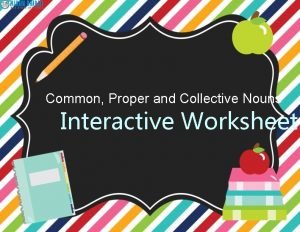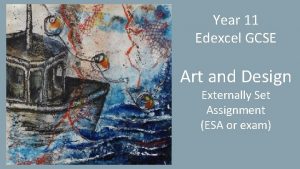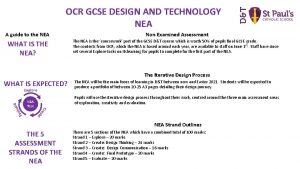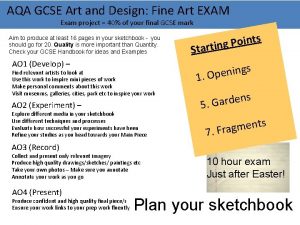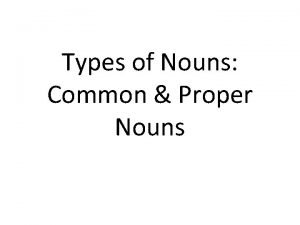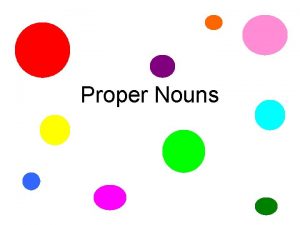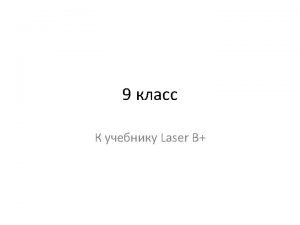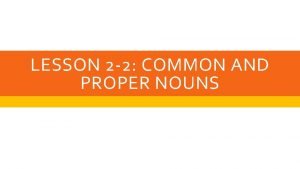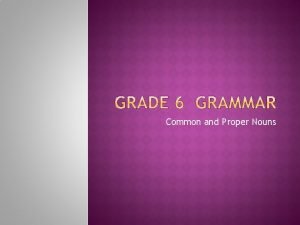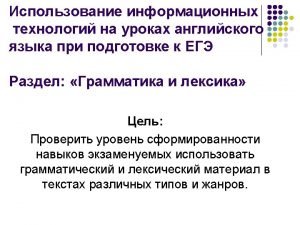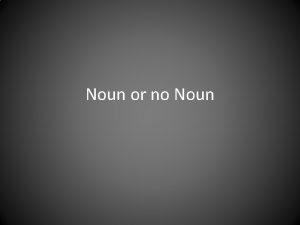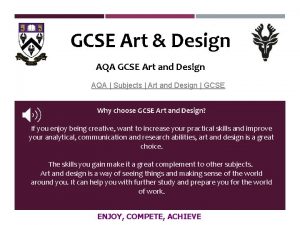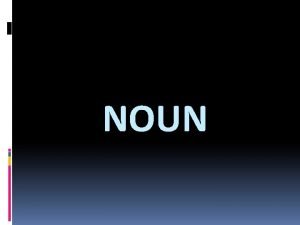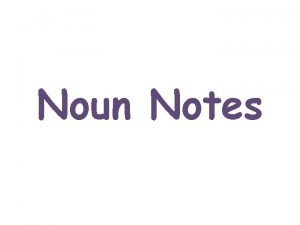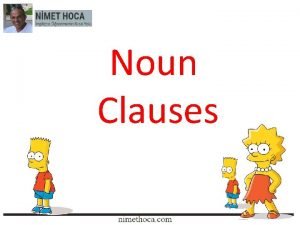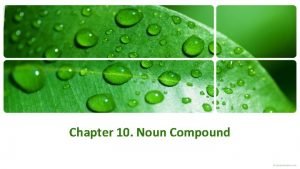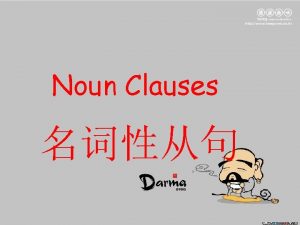GCSE ART DESIGN art 1 t noun art










- Slides: 10

GCSE ART & DESIGN

art 1 ɑːt/ noun: art; plural noun: arts; plural noun: the arts 1. the expression or application of human creative skill and imagination, typically in a visual form such as painting or sculpture, producing works to be appreciated primarily for their beauty or emotional power.

What skills do children gain from Art? Art helps them develop eye-hand coordination and develop their small muscle skills. Through art children use their creativity to plan, design and construct an idea. They experiment with form, line, movement, shapes and spatial relationships. They learn science and maths skills as they manipulate materials.

Art & Design progression opportunities • Exhibition designer • Fine artist • Illustrator • Museum/gallery curator • Printmaker • Architect • Museum Curator • Set and Exhibit Designers • Interior Designer • Art direction

Expectations • Attend all lessons wherever possible – even one missed lesson puts them behind! • To complete homework tasks • Give and receive feedback critically and constructively • Focus in lessons and ensure all work is presented to a high standard • Use their imagination! • Be committed to the course • Trust each other and be team players

Specification at a Glance GCSE Art & Design

How the pupils will be assessed: Component 1: Portfolio What's assessed A portfolio that in total shows explicit coverage of the four assessment objectives. It must include a sustained project evidencing the journey from initial engagement to the realisation of intentions and a selection of further work undertaken during the student’s course of study. How it's assessed • No time limit • 96 marks • 60% of GCSE Component 2: Externally set assignment What's assessed Students respond to their chosen starting point from an externally set assignment paper relating to their subject title, evidencing coverage of all four assessment objectives. How it's assessed • Preparatory period followed by 10 hours of supervised time • 96 marks • 40% of GCSE

The exams and non-exam assessment will measure how students have achieved the following assessment objectives. • AO 1: Develop ideas through investigations, demonstrating critical understanding of sources. • AO 2: Refine work by exploring ideas, selecting and experimenting with appropriate media, materials, techniques and processes. • AO 3: Record ideas, observations and insights relevant to intentions as work progresses. • AO 4: Present a personal and meaningful response that realises intentions and demonstrates understanding of visual language.

Subject Content Year 9 • September – December : The Natural World. Pupils will learn about Henri Rousseau, Vincent van Gogh and Paul Cezanne and be introduced to a wide variety of technologies, processes and techniques. • December – April : Natural World response. Pupils will work independently to produce their own portfolio and final piece. • April – July : Microbiology project. Klari Reis and Bruce Riley. Resin pouring and installation art.

Questions?
